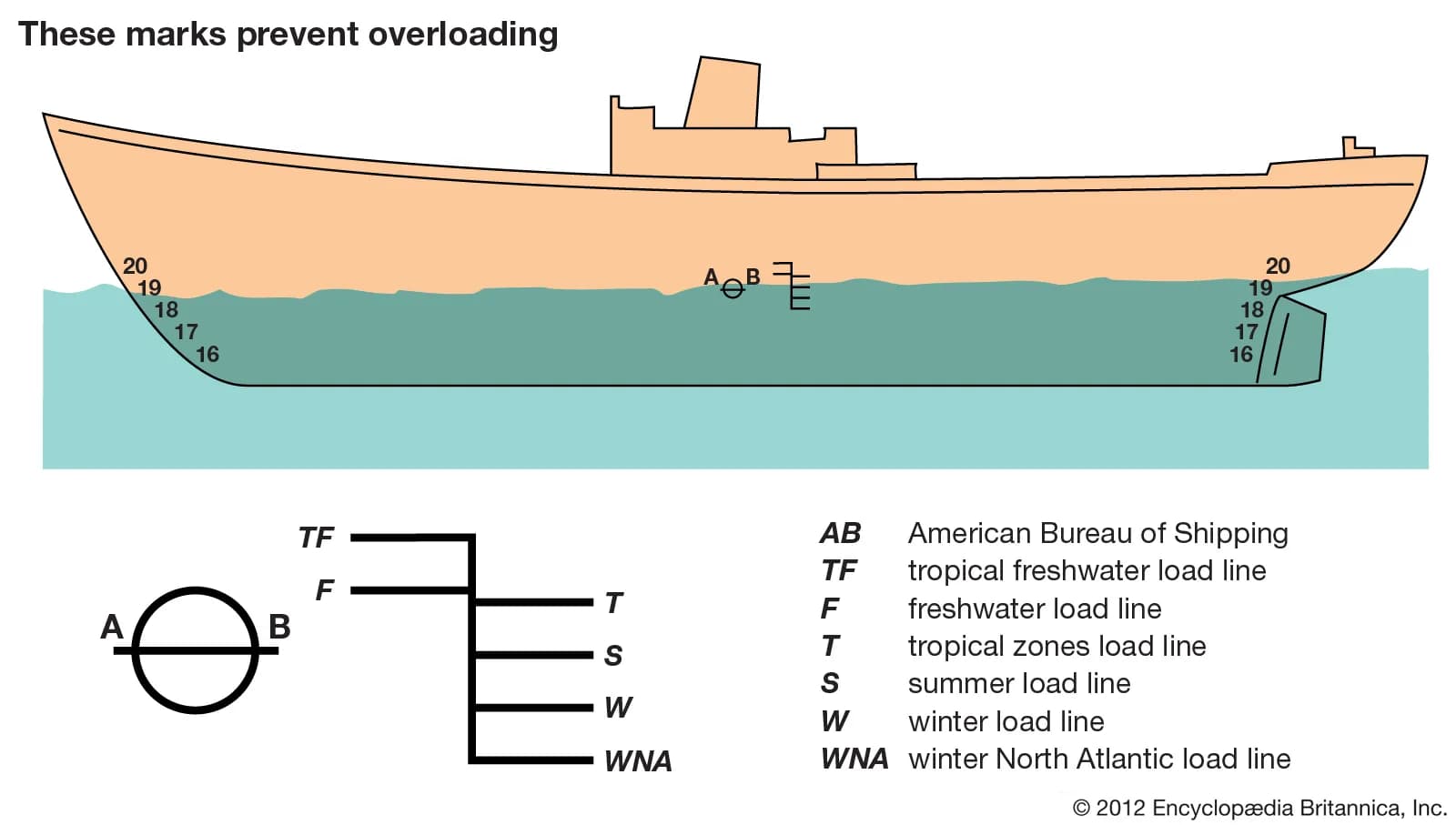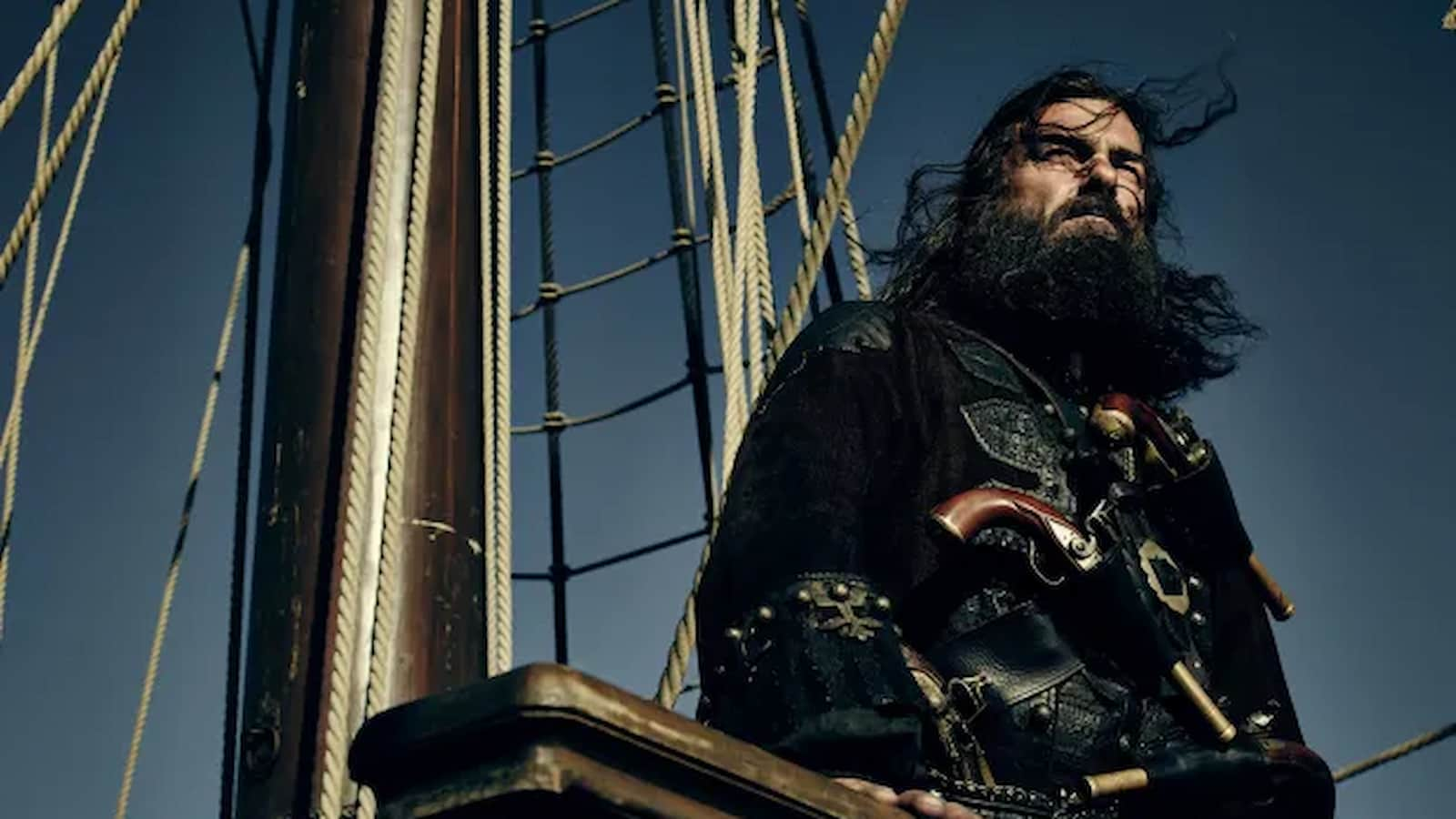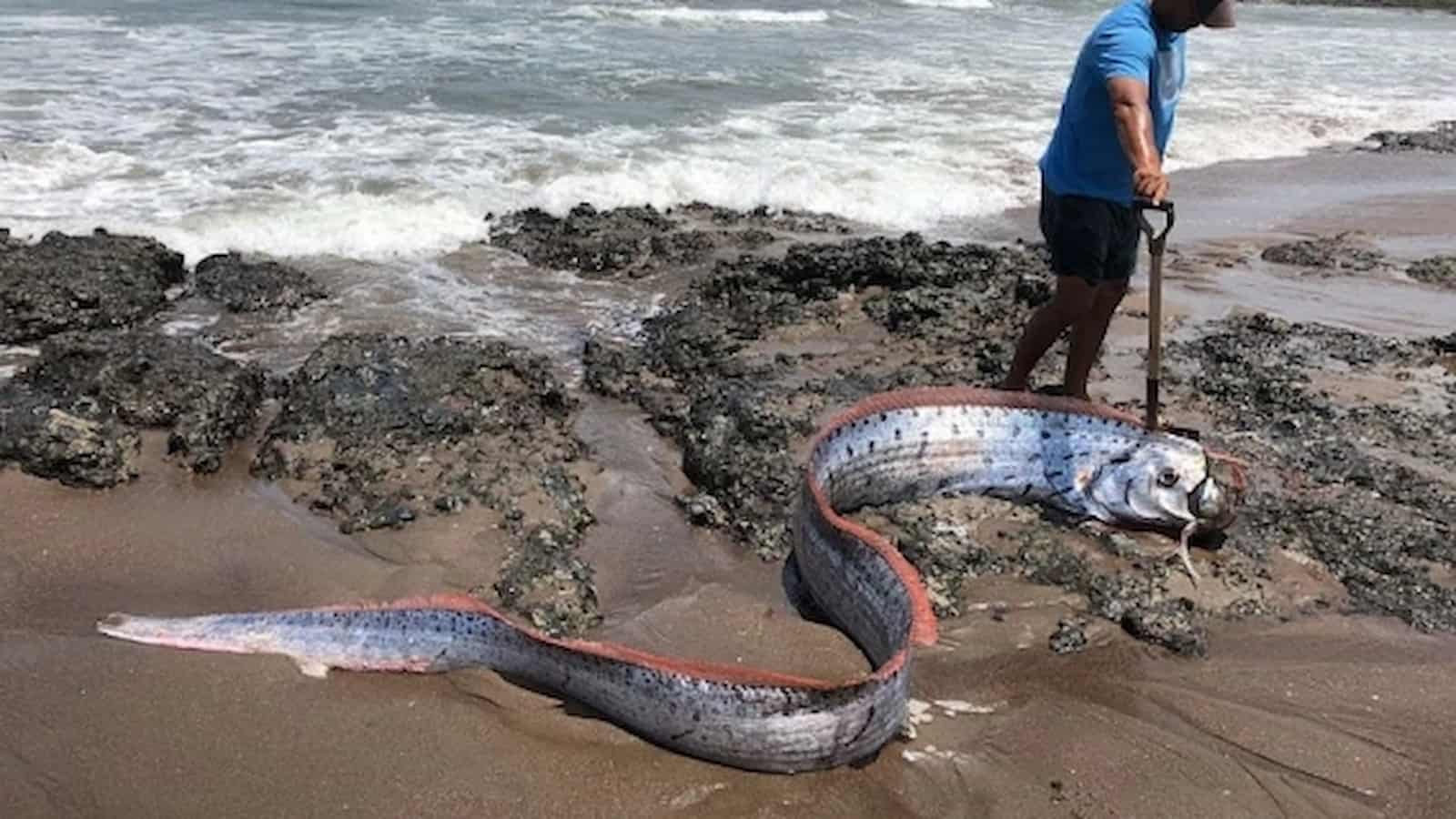Freeboard: We are all familiar with the ideas of draft and reserve buoyancy, which are measurements of the vessel’s sinkage. Something that is closely linked to these is freeboard.
For a floating vessel, a freeboard is the minimal distance between the exposed deck edge and the waterline. Stated differently, it is the distinction between draft and depth.
What is a freeboard?
The distance between the waterline and the upper edge of the deck plating at the amidships side of the freeboard deck is known as freeboard.
A load line indicator that indicates the maximum permitted draft under certain parameters (geographical and seasonal) must be placed amidships on both sides of ships.
With its 1988 Protocol, the International Convention on Load Lines 1966 (ICLL 1966) establishes a comprehensive set of rules that specify the requirements for load line assignment and establish the minimum permitted freeboard. The process of calculating the minimal geometric summer freeboard involves using the freeboard of a standard ship of the same length, which is given in tabular form, and adjusting it for the ship’s geometric qualities that are different from the standard ship’s. Block coefficient, depth, superstructure, trunks, and sheer all require adjustments. The load line mark, which is the outcome of this computation, is permanently inscribed on the ship’s hull.
A classification society that determines the final placement of the load line markings based on the built-in vessel’s measurement must accept the minimum freeboard calculation. Marks cannot be welded to the hull sides while the ship is being built, much as some shipyards would love to.
Top 10 Largest RoRo Ships Revolutionizing Vehicle Transportation Today
The computation of the freeboard is contingent upon adherence to the recommended methods of protection and closure of openings, including hatchways, entrances, ventilation, air pipes, scuppers, and discharges. Rules are also specified for guard rails and walkways to ensure safe passage, as well as for clearing ports in bulwarks to prevent water from building up on deck.
Circumstances of the loading and displacement of the vessel
When a vessel is completely loaded, its displacement is higher, resulting in a greater draft and less freeboard than when it is under lightship conditions. A vessel’s hull shape is also crucial.
Think about a vessel with the same displacement that is fuller in form, like a tanker, and finer in form, like a frigate. The finer-form vessel will sink more deeply if its length is the same. As a result, its freeboard will be smaller than that of the fuller-form vessel.
Cargo type
When carrying heavier loads, such as timber, a vessel’s draft is reduced and its sinkage is increased. Additionally, the cargo distribution affects the characteristics of draft and freeboard.
The sinkage and stability conditions
They have a direct connection to the freeboard. Examine the following figure. The distance or clearance between the waterline and the forward, for instance, is the smallest if the vessel is trimmed by the bow.
The vessel’s freeboard is therefore 2 meters if this distance is 2 meters. Similarly, if the ship has heeled or listed, the side with the highest draft for the specified sinkage and trim is used to determine freeboard.
Density
The same vessel, as we all know, has a higher draft in freshwater than in seawater. In accordance, the freeboard also changes.
Hydrodynamics
A vessel’s draft can vary greatly depending on the dynamics of the waves and the flow mechanics, which can occasionally have an impact on the freeboard.
The actual hull’s depth
The only other factor determining the draft of the vessel is this one. Depth is solely determined by the vessel’s design. Furthermore, the depth is influenced by design parametrical parameters like camber and sheer.
Overview of load line markings, minimum freeboard standards, and freeboard assignment

According to the IMO International Convention of Load Lines 1966, all vessels, with the exception of warships, certain private vessels such as pleasure yachts, fishing vessels, planning crafts of specific categories, and existing cargo ships less than 150 GT, as well as very small vessels less than 24 meters in length, are required to comply with a minimum requirement for freeboard.
Ensuring that the vessels have adequate reserve buoyancy and margin for sinking and stability is the aim of this regulation.
The minimum maintained freeboard and the potential for deck flooding in the worst-case scenarios are the key topics of the freeboard requirement.
The conventional freeboard values for a given type of vessel generally consider the following:
The kind, size, and type of vessel
Because of their displacement, larger vessels require more reserve buoyancy than smaller ones. Furthermore, ships carrying denser and heavier loads, such as transporters of stone or ore, have higher drafts and are therefore more likely to sink owing to buoyancy loss; as a result, they are required to comply with higher minimum freeboard compliance values.
In a similar vein, additional variables such as hull-from, vessel service, type of voyage, and so forth affect the minimal requirements for freeboard.
Structure and arrangement of the vessel
Damaged stability and subdivisions are closely tied to the layout of the vessel. Another extremely important criterion that is taken into account is structural integrity, or intactness. Due to more physical ways for water to enter the hull, vessels with more apertures in the deck, such as cargo hatches or manholes, run a higher risk of compromising reserve buoyancy.
They must therefore adhere to stricter minimum freeboard standards.
- Construction of the vessel and associated design elements, such as bulwarks, sheer or camber, etc.
- Conditions of stability
- Areas of operation, staff, operational requirements, and other effects
- Deckhouses, or superstructures: The degree to which they add to the safety margin and required reserve buoyancy in the event that the vessel sinks.
Livestock Carriers: Leading Players in Global Cattle Export and Transportation Sector
According to rules governing compliance with freeboard, all ships can be generally divided into two categories:
- Class A
- Class B
Ships classified as type A are those that transport liquid goods in large quantities, including product carriers, LNG or LPG carriers, tankers, chemical tankers, etc. Furthermore, they have very few apertures, hatches included, in terms of the main deck.
The majority of compartments are waterproof and oil-tight from a stability and intactness perspective. Furthermore, these sorts of vessels feature low permeability compartments because of the nature of liquid cargo that is carried in bulk.
Therefore, from the perspective of reserve buoyancy, these vessels are essentially regarded as “safer.” This is because there is little possibility of unexpected external water entry and floods in the case of flooding or breach because of the nature of the cargo and the low permeability in the spaces.
The liquid cargo sustains a pressure differential and slowly seeps into the water after such damages. Since these types of boats are made to carry liquid, even in situations when there is a substantial quantity of water penetration into the holds, the loss of buoyancy is not very severe, and if it occurs, the vessel sinks gradually.
Because most oils are less dense than water, there is frequently a greater outflow of oil than there is inflow of water, which results in a decrease in displacement and an increase in freeboard!
Additionally, because Type A ships have few apertures in open areas like the main deck, there is less water penetration from those areas in the event of severe weather, wave slaps, or other circumstances that result in deck flooding.
Conversely, all vessels other than Type A are classified as Type B ships. Depending on the need, their requirements are interpreted differently than those of type A. For instance, in the case of a coal carrier, rapid water intrusion due to a hull breach causes increased displacement, buoyancy loss, and a decrease in freeboard, all of which increase the likelihood of sinking.
Therefore, Type A vessels have lower minimum freeboard requirements than Type B vessels since they are safer.
Tabular freeboards are granted for both Type A and Type B ships under regulations. This isn’t the complete freeboard that applies, though. The value from the appropriate table must be modified under the vessel’s specs and features using particular techniques outlined in the regulations to determine the minimum needed freeboard.
Because wood or timber has a low density and is therefore always considered an uncommon sort of cargo, certain rules apply to these boats concerning the minimum freeboard requirements.


